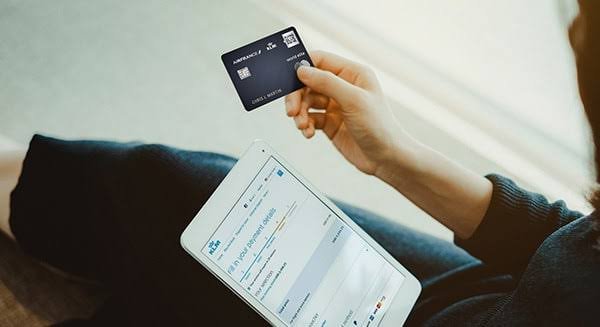The government has taken steps to simplify the tax payment process for citizens, including the option to pay income tax using a credit card. This method can be beneficial for earning reward points, managing cash flow, or taking advantage of interest-free periods. However, it’s important to consider both the benefits and limitations.

Pros of Paying Income Tax with a Credit Card
- Convenience: Using a credit card for tax payments simplifies the process significantly.
- Potential Rewards: Many credit cards offer rewards such as cashback and points. For instance, HDFC BizBlack and HDFC BizPower credit cards provide rewards for tax payments.
- Interest-Free Period: Most credit cards offer an interest-free grace period for new purchases. Proper timing of tax payments can help manage cash flow more effectively.
- EMI Options: Some credit cards allow large transactions to be converted into EMIs, easing the financial burden.
How to Pay Income Tax Using a Credit Card
- Generate a Challan: After submitting your income tax return, generate a challan which details the tax amount and assigns a unique serial number.
- Visit the Official Tax Payment Portal: Go to the designated tax payment website.
- Navigate to the Tax Payment Section: Find and select the ‘Pay Tax’ option.
- Select ‘Credit Card’ as Payment Method: Choose credit card from the available payment methods.
- Input Challan Details: Enter the relevant challan information.
- Enter Credit Card Information: Provide your credit card number, expiry date, and CVV code.
- Confirm the Transaction: Complete the process by confirming the payment.
- Receive Confirmation: You will get a confirmation message via email and SMS on your registered e-filing portal credentials.
Limitations and Considerations
While convenient, there are some limitations:
- The Income Tax Department does not allow scheduling tax payments via credit card; payments must be made immediately.
- Payments must be completed within 15 days from the generation of the challan.


